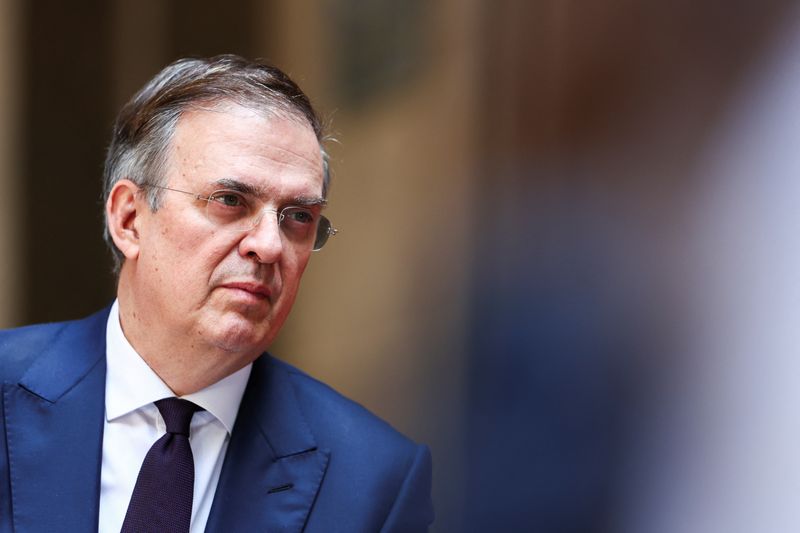Mexico’s Economy Minister Marcelo Ebrard recently expressed intentions to meet with Tesla CEO Elon Musk to discuss the potential for a Tesla gigafactory in Nuevo Leon state. This endeavor aligns with the new administration of President Claudia Sheinbaum, who is keen on revitalizing Mexico’s automotive sector, especially in electric vehicles. Ebrard, a seasoned political figure previously serving as the foreign minister, sees the establishment of the factory as an important win for the Sheinbaum government, which took office just last month. The meeting, as proposed by Ebrard, aims to clarify Tesla’s plans and explore feasible steps to advance the project, emphasizing the government’s commitment to boosting investment in local manufacturing.
Despite Tesla’s global leadership in electric vehicle production, the company’s future investment in Mexico remains uncertain. Last April, Elon Musk announced a strategy to focus on existing factories to develop new, more affordable models, thereby casting doubt on the timeline for new facilities in Mexico. The recent electoral victory of U.S. President-elect Donald Trump further complicates matters, as he has a history of advocating for domestic manufacturing and threatening significant tariffs on vehicles imported from Mexico. This political climate raises concerns about Tesla’s intentions, potentially steering the company to prioritize expansions within the U.S. rather than abroad, including Mexico.
Ebrard’s commitment to engaging with Musk comes against the backdrop of Tesla’s former aspirations to establish a factory in Mexico, which were previously described as contingent on economic conditions and interest rates. The ambitious Model 2 project, intended to be a more affordable vehicle aimed at mass-market penetration, has also faced setbacks. Although Musk denied reports of halting this model’s development, the uncertainty surrounding its production remains palpable, especially since it was initially proposed for manufacturing in Texas, Mexico, and another unspecified country.
The economic outlook has shifted in light of the political developments in the U.S. Trump’s presidency previously exerted pressure on American firms to enhance domestic production, influencing corporate strategies significantly. Musk’s earlier assertions about Tesla’s commitment to establishing a factory in Mexico were surrounded by ambiguity, as he indicated that future plans hinged on broader economic considerations. This places the potential gigafactory project in a precarious position, with fluctuating market conditions and legislative changes as pivotal factors impacting its viability.
Ebrard’s initiative is, therefore, not just about courting Tesla but reflecting a broader ambition to solidify Mexico’s role in the electric vehicle supply chain. The government’s focus on enhancing manufacturing capabilities is informed by a desire to attract investments that could contribute to economic growth and job creation in the region. Strengthening ties with major players like Tesla could also serve as a signal to other automakers about Mexico’s commitment to the electric vehicle market and positions it as an attractive destination for automotive production.
In conclusion, while the dialogue between Ebrard and Musk could shape the trajectory of Tesla’s involvement in Mexico, a confluence of economic, political, and strategic factors continues to loom over the prospects of a gigafactory in Nuevo Leon. The upcoming discussions are crucial not only for Tesla and Mexico but also for the future landscape of the electric vehicle industry at large. The outcomes of such engagements will likely influence investment decisions and opportunities within the realm of sustainable transportation, reflecting the interdependencies that define modern global manufacturing dynamics.

